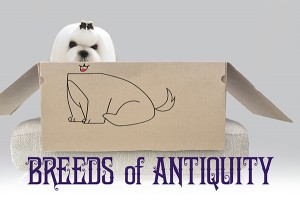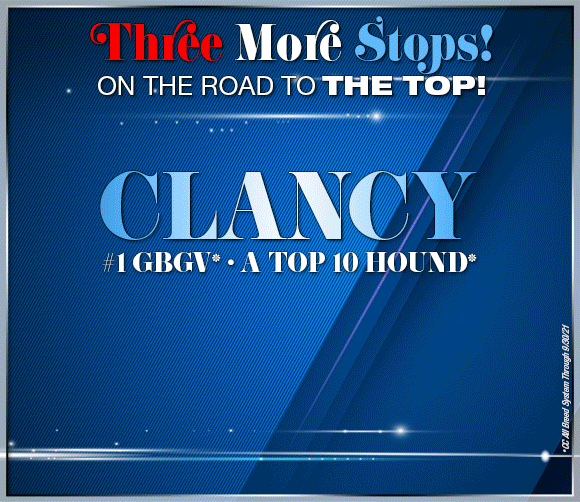Breeds of Antiquity
Click here to read the complete article
 By Amy Fernandez
By Amy Fernandez
Generally, I do the happy dance when I see dogs in the news. However, I’ve gotten to the point where I need to calm down before I read anything related to this topic in The New York Times. They tend to be anti-purebred to say the least. On the other hand, Science Times is usually an excellent, trustworthy source of mainstream insights into science and research.
And The Times has published many outstanding articles on dog behavior and canine evolution- and back in the “old days” their dog show reporting was unparalleled. Mostly, Science Times discusses recently published findings from various scientific journals and the like. In other words, it’s usually tethered to reality. That said, I had to think for awhile and calm down before I took a closer look at their October 5 feature story Breed of Antiquity? How Old Is the Maltese, Really?
That headline said it all. Actually, it said nothing (which is my point). Was this a story about Maltese history or the breed’s relationship to canine evolution? Neither one as it turned out. It was mainly a sideways slam meant to question the validity of purebred craftsmanship.
First off- unlike the story- I want to make one point clear. There certainly are some very ancient dog breeds such as the Siberian Husky. Their antiquity can be extrapolated from the accumulating changes in their chromosome structure. Of course, this type of gene sequencing analysis has nothing to do with documented lineage. It’s also based on a fairly new and evolving branch of science. Until pretty recently, the idea of decoding long strands of DNA was a futuristic fantasy. Telomeres, centromeres and protein coding genes were not even part of the conversation. Every branch of genetic research is changing by the minute. So, it’s no place for broad brush generalizations.
Click here to read the complete article

Short URL: http://caninechronicle.com/?p=216188
Comments are closed











